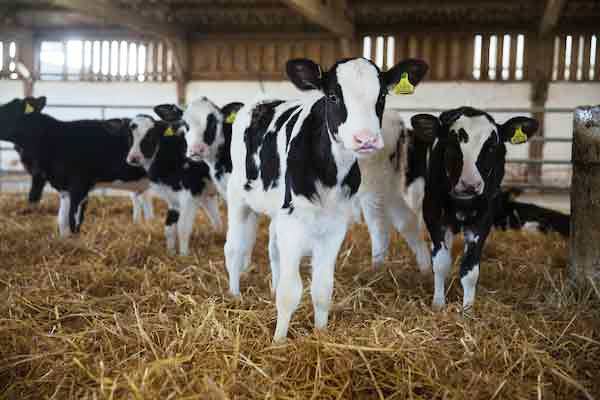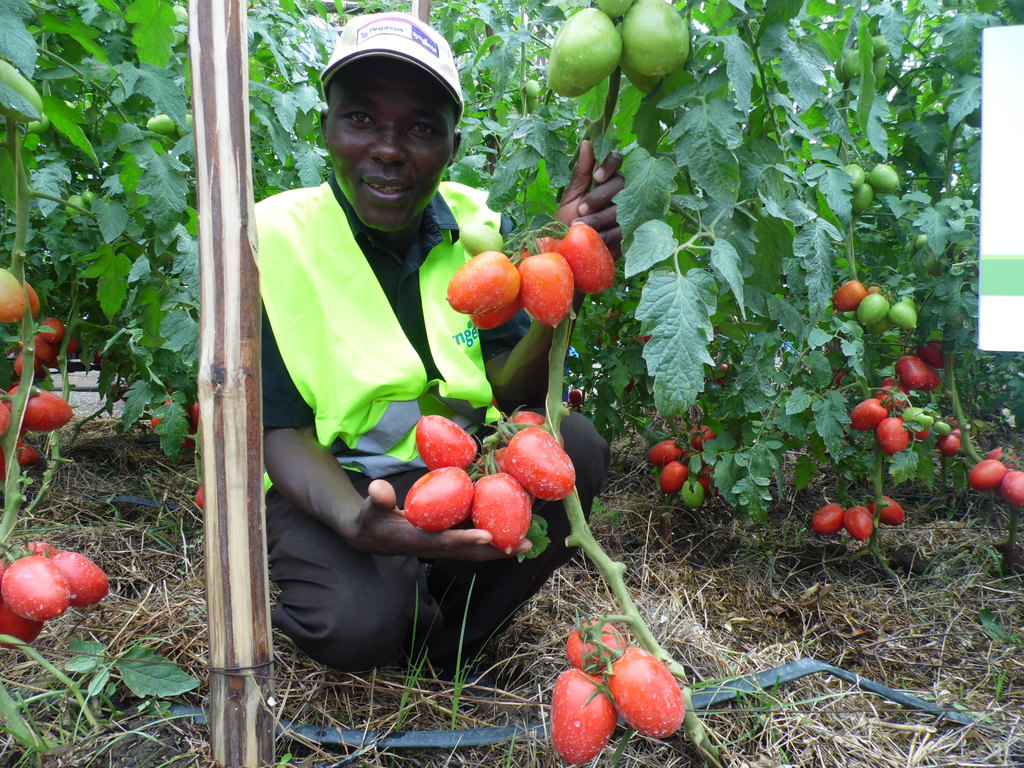Smallholder farmers can control cattle calves’ diarrhea, a non-responsive disease to treatment by observing hygiene, deworming and laboratory diagnosis.
Cattle owners often treat diarrhoea of in-house calves with antibiotics. The calves however sometimes do not recover and the diarrhoea continues leading to death.
Some vegetation species e.g. Duosperma eremophilum are associated with worms. Further, pastoralists associate diarrhea in suckling calves with excess milk. Calves are usually infected with worms from the mother. The Dormant eggs in the mother become active and larvae migrate to the mammary glands whereby in-house calves are infected after suckling milk of the infected mothers.
Related content
Scientists pitch for herbal medicine to cure livestock diseases
Livestock urine fights banana diseases in Uganda
Livestock farmers to save Sh160 with cheap foot and mouth vaccine
The sick calves should be treated with a de-wormer (use a safe, effective, metabolisable and economic de-wormer). Ensure that the cattle calves are well restrained to avoid choking.

For laboratory diagnosis collect faecal sample for examination in the laboratory. On examination, eggs of the parasite are seen on the specimen.
Also clean the bomas (the place where cattle sleep) to avoid re-infection. It is advisable to treat new animals before introducing them to your herd. Finally, share the knowledge with other cattle owners to increase awareness of the disease in the community.
The dairy industry in Kenya is faced with various challenges such as the high cost of milk production, low quality of raw milk delivered at the factory gate, fragmentation of supply chains and seasonality of milk supply as well as expensive farm inputs, poor animal husbandry, cattle diseases as well as poor management of dairy marketing systems. Much of this is related to low skills of farmers in dairy husbandry and fodder management and preservation.
Recent research by the Kenya Agricultural Research and Livestock Organization showed that most pastoralists believe that calves collect worms from the pasture during feeding. The signs of the disease include diarrhea, colic-abdominal pains and colored mucus.
Write comment (0 Comments)


















